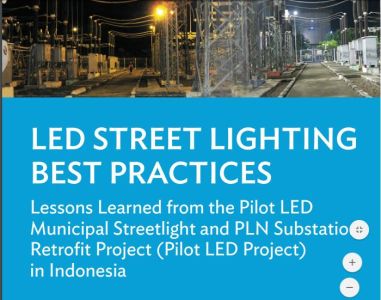Join getAbstract to access the summary!

Join getAbstract to access the summary!
Asian Development Bank
LED Street Lighting Best Practices
Lessons Learned from the Pilot LED Municipal Streetlight and PLN Substation Retrofit Project (Pilot LED Project) in Indonesia
Asian Development Bank, 2017
What's inside?
An Indonesian pilot program proved that municipal LED lighting is practical and environmentally sound.
Recommendation
Transforming old technology street lighting to energy-efficient LED fixtures is catching on in cities around the world due to the possibilities of cost savings, enhanced safety and green potential. A pilot project recently completed in Indonesia proves that despite challenges like high up-front cost, political issues and lack of local technical knowledge, LED technology can provide significant benefits to an entire population. getAbstract recommends this Asian Development Bank report to people interested in learning more about how LEDs are lighting up cities around the world and about the future of green lighting in affluent and developing countries alike.
Summary
About the Author
The Asian Development Bank sponsored this report prepared by team leader Thomas K. Dreessen and international lighting expert My Ton under the technical assistance grants that helped finance the Pilot LED Project.

















Comment on this summary